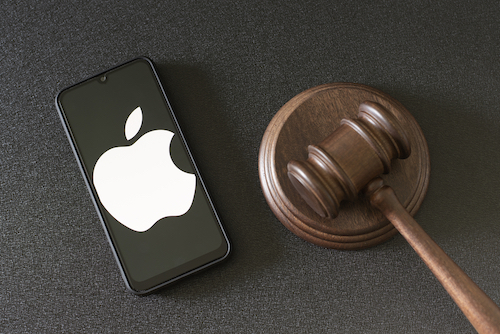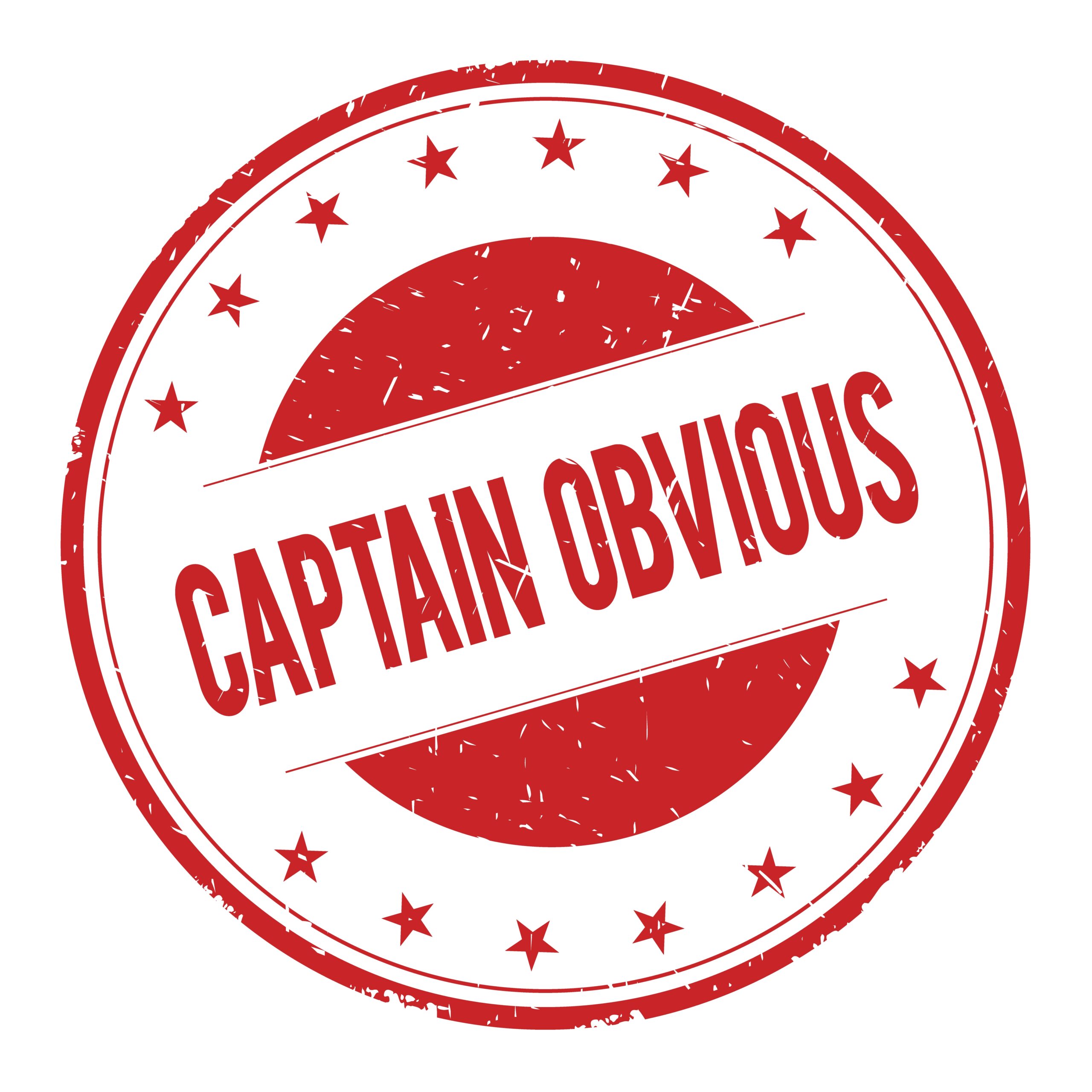Examples of Patents for Computer-Aided Diagnostic Methods | Linda Liu & Partners
[author: Xianhua Shen]
The latest version of the CNIPA’s Guidelines for Patent Examination (hereinafter referred to as “the latest Guidelines”) came into force as of January 20, 2024. In comparison with the previous version of the Guidelines, there is one example not belonging to diagnostic methods that is added to Section 4.3.1.2 of chapter 1 in part II of the latest Guidelines, which is “(3) information processing method all the steps of which are carried out by a computer or other devices.” The newly added example is hereinafter referred to as “Example (3)” for short.
The CNIPA gives the following explanation of Example (3):
“In the medical field, information processing methods related to diagnosis that are carried out by computers and other devices capable of information processing are typically aimed at improving the accuracy of information processing and facilitating the identification, storage and transmission of information. The results provided by computers are only probabilities that can do nothing but act as reference for doctors to accurately diagnose diseases and formulate treatment schemes. To keep up with scientific and technological progress and economic and social development, the latest amendment makes clear that ‘information processing method all the steps of which are carried out by a computer and other devices’ should not be directly considered a disease diagnosis method. This answers the need of those who make innovations that has arisen over the past years, and is intended to strengthen the protection for innovations of this sort.”
In brief, the latest Guidelines exempt computer-aided diagnostic methods from the category “diagnostic methods”—which is subject matter that is patent ineligible under the previous version of the Guidelines.
The CNIPA has not given examples of patents for computer-aided diagnostic methods, nor has it interpreted such patents in any other specific way. After discussing with a few peers, I came to realize that we divided in how to interpret and use Example (3) in practice.
Thinking about imitation, I searched for patents for computer-aided diagnostic methods that may have to do with Example (3) in the latest Guidelines. I sift out some typical examples and categorize them hereinafter, in the hope that they can help you with your writing computer-aided methods.
1. Recognition of Focuses of Diseases in Medical Imaging
2. Diagnosis of Diseases
3. Combination of Focus Recognition and Surgical Assistance
4. Evaluation of Treatment/Rehabilitation
5. Methods of Constructing Diagnosis Classifiers
The above examples can do no more than provide you with a reference in writing a computer-aided diagnostic method before you can consult an example of Example (3) or a further interpretation thereof that will come from the CNIPA. The patent offices all over the world, including the CNIPA, do not apply a monotonous examination criterion; instead, it swings like a pendulum so such that there is the possibility (even though low) that the CNIPA will someday in the future identify some of the above examples as patent ineligible subject matter.
As I find out after searching for patents for computer-aided diagnostic methods that are related to Example (3), most of the patentees are from China, in particular, hospitals, universities, and small- and medium-sized medical corporations, and a couple of them are large foreign medical corporations.
This phenomenon, as I guess, rested on the following facts: It takes a long time for a patent to be granted on an application. Before the latest Guidelines came into force, large medical companies at home and abroad did not apply for patents for computer-aided diagnostic methods that concern Example (3), but went in line with the previous version of the Guideline. By contrast, domestic hospitals and small- and medium-sized medical companies were more daring, and they took risks and filed applications for patents for such methods even before the latest Guidelines went into effect.
Now that the latest Guidelines have included computer-aided diagnostic methods into patent eligible subject matter by presenting Example (3), and that some of such methods have been patented, you, if having a technology related to computer-aided diagnosis, might as well ponder over whether there are some aspects of the technology that can be patented. Seize the opportunity to be on the top of the mountain of patent applications of this new type. The policy shift possibility mentioned above may exist, but applying for patents for computer-aided diagnostic methods is worth trying, as all the applications are subject to the same criterion from the CNIPA at the same period.
Additionally, almost every one of the patents listed above comprises both a claim of a computer-aided diagnostic method and a claim of a device corresponding to the method, and its specification presents examples of the claimed method and device. Such an application strategy is understandably out of the consideration that when the computer-aided diagnostic method is considered to be directed to patent ineligible subject matter, the claim of the device may still serve as a trial for patent protection. Also, the strategy ensures that after a patent is granted, the patentee can exercise the patent right from the two dimensions of method and device.






